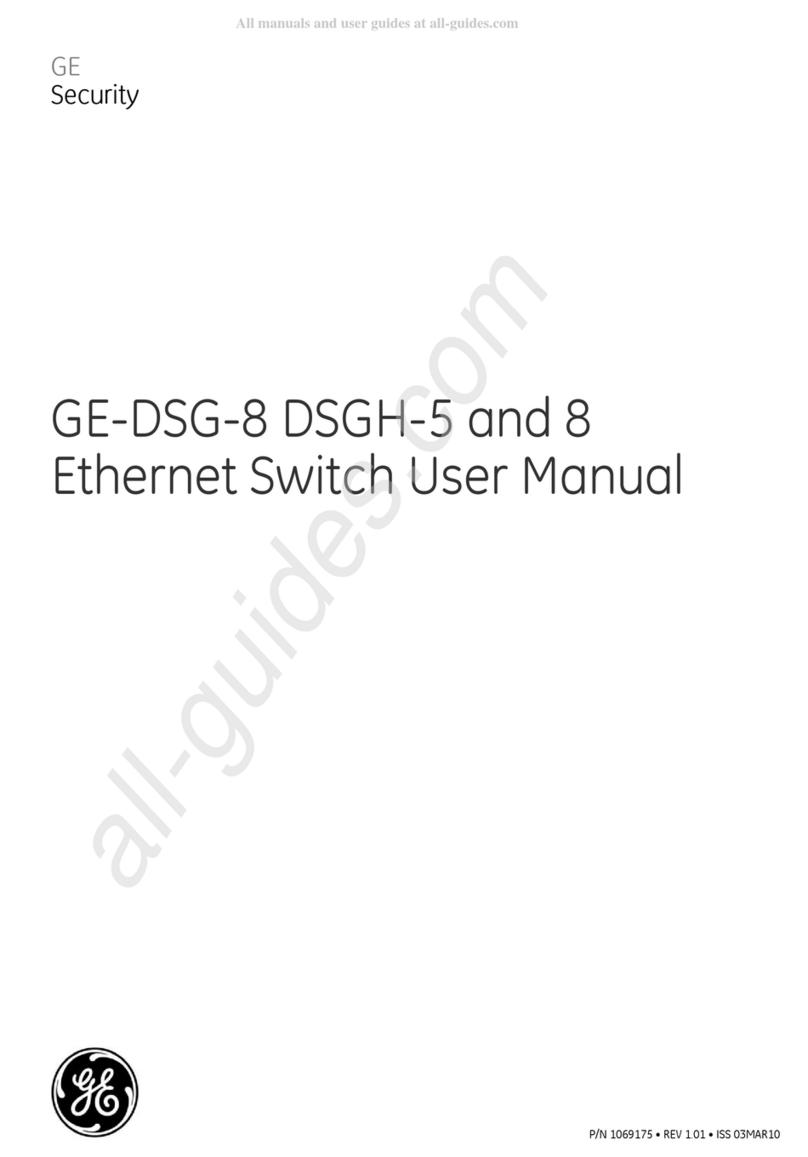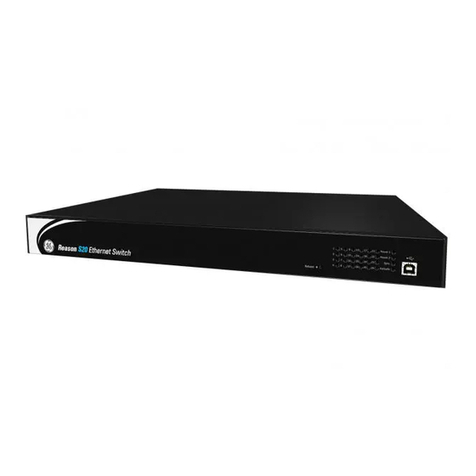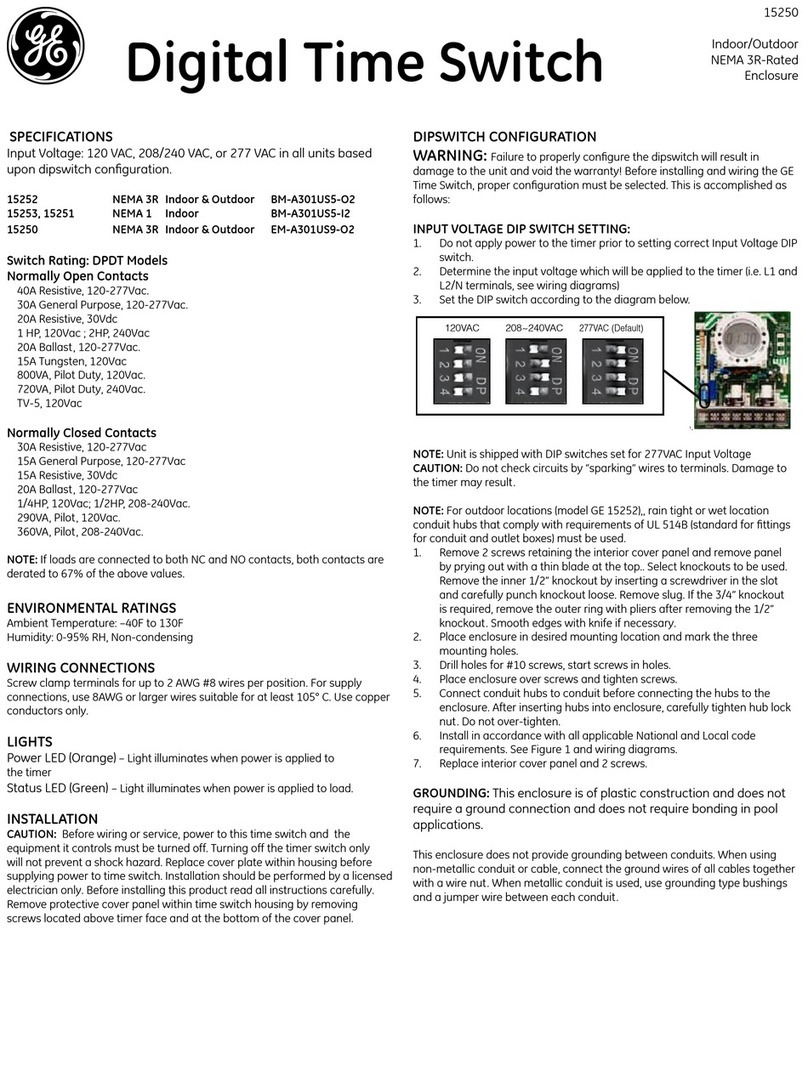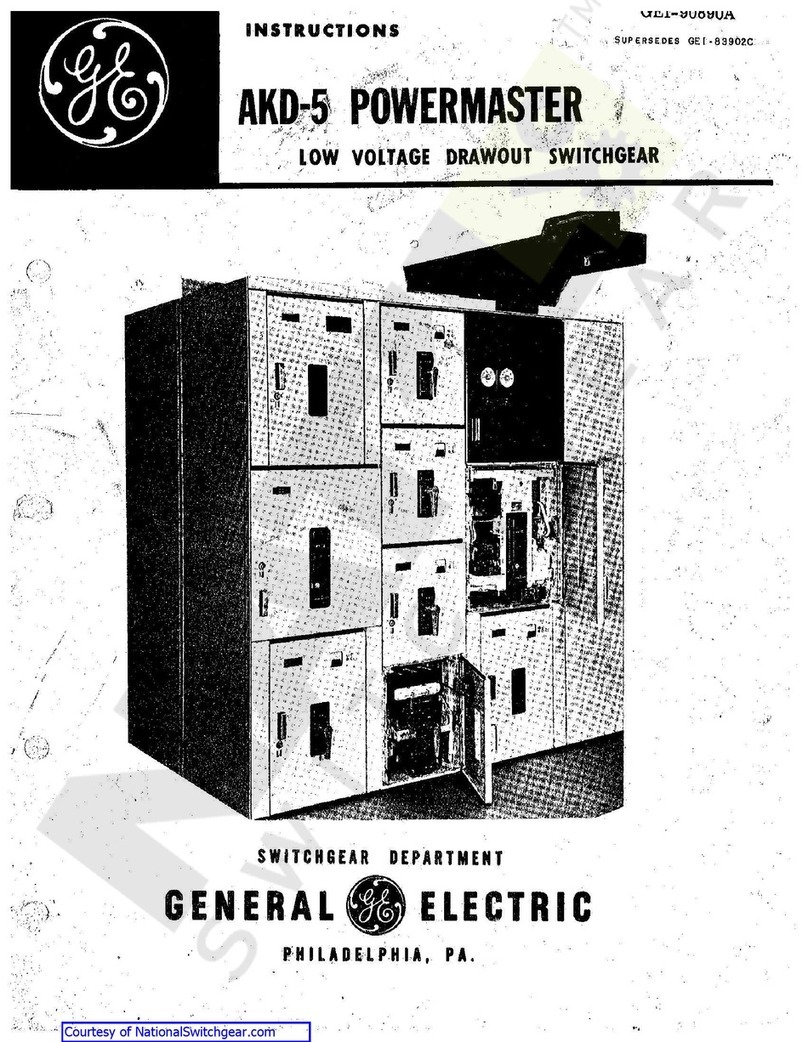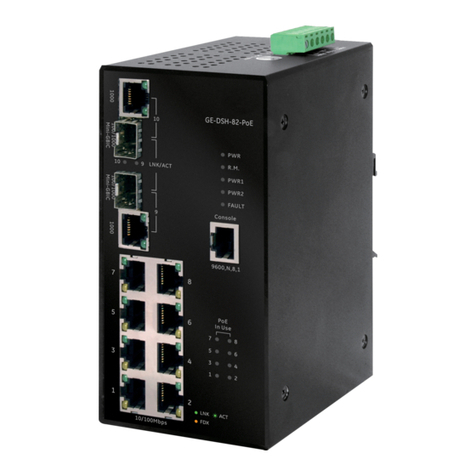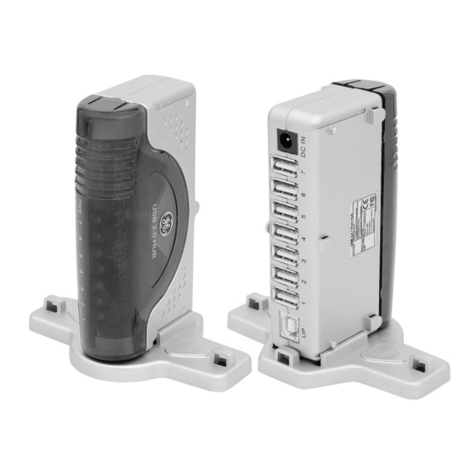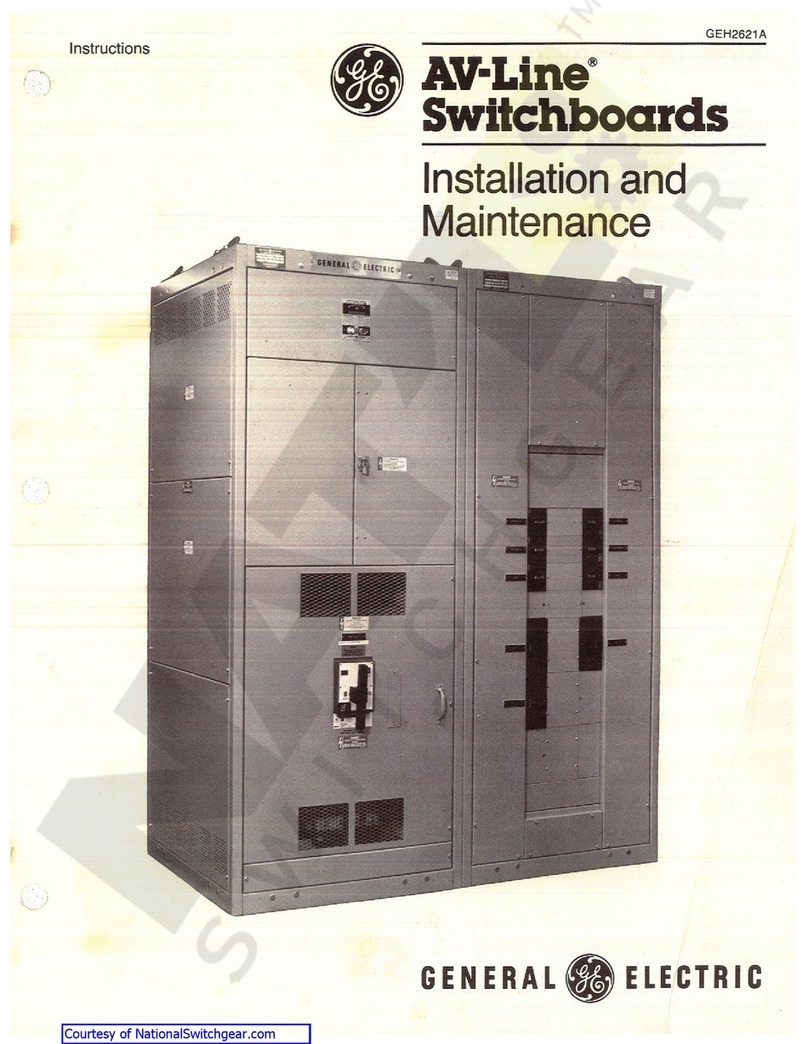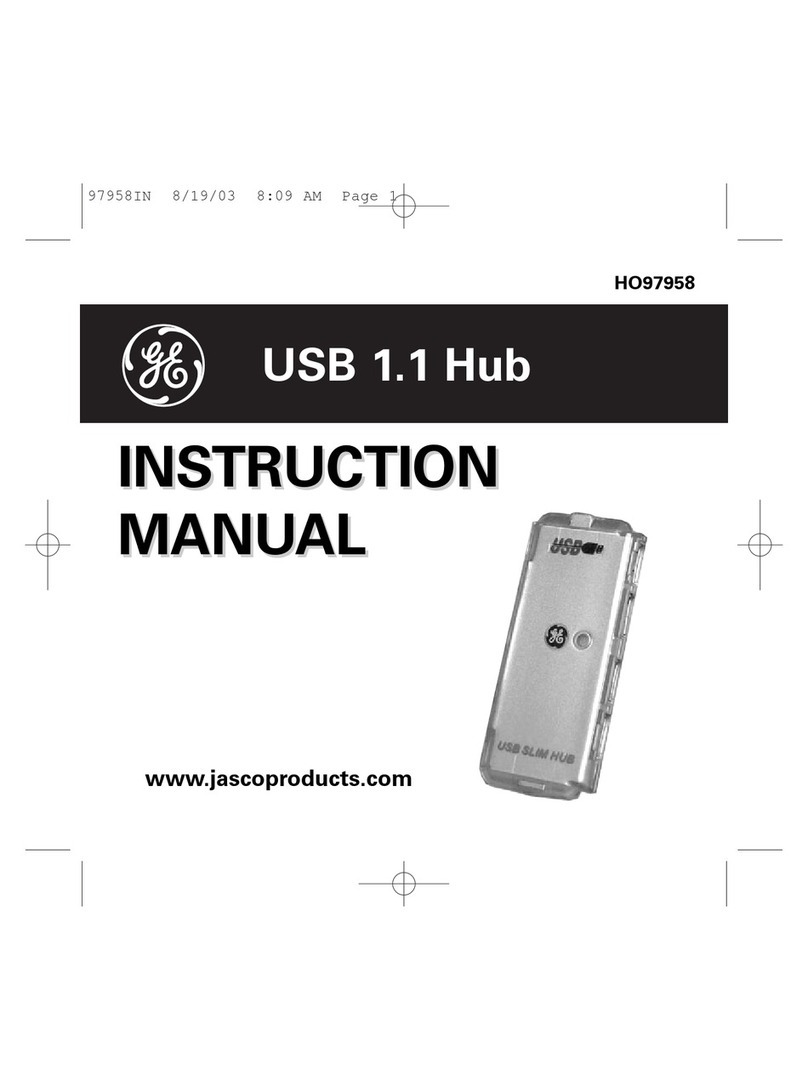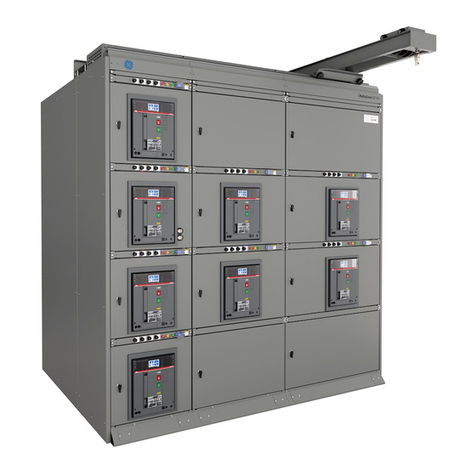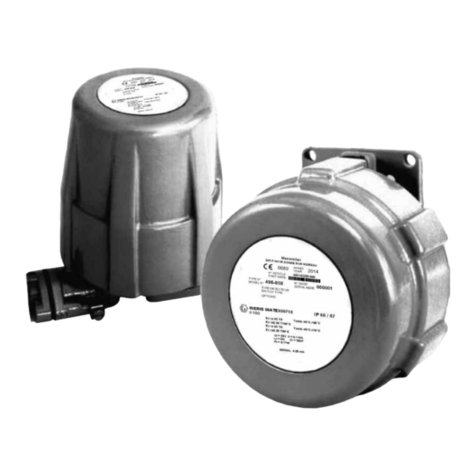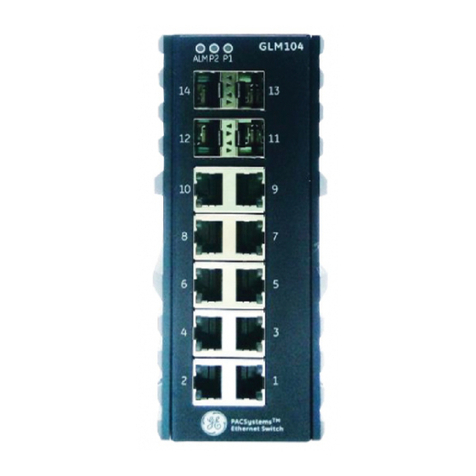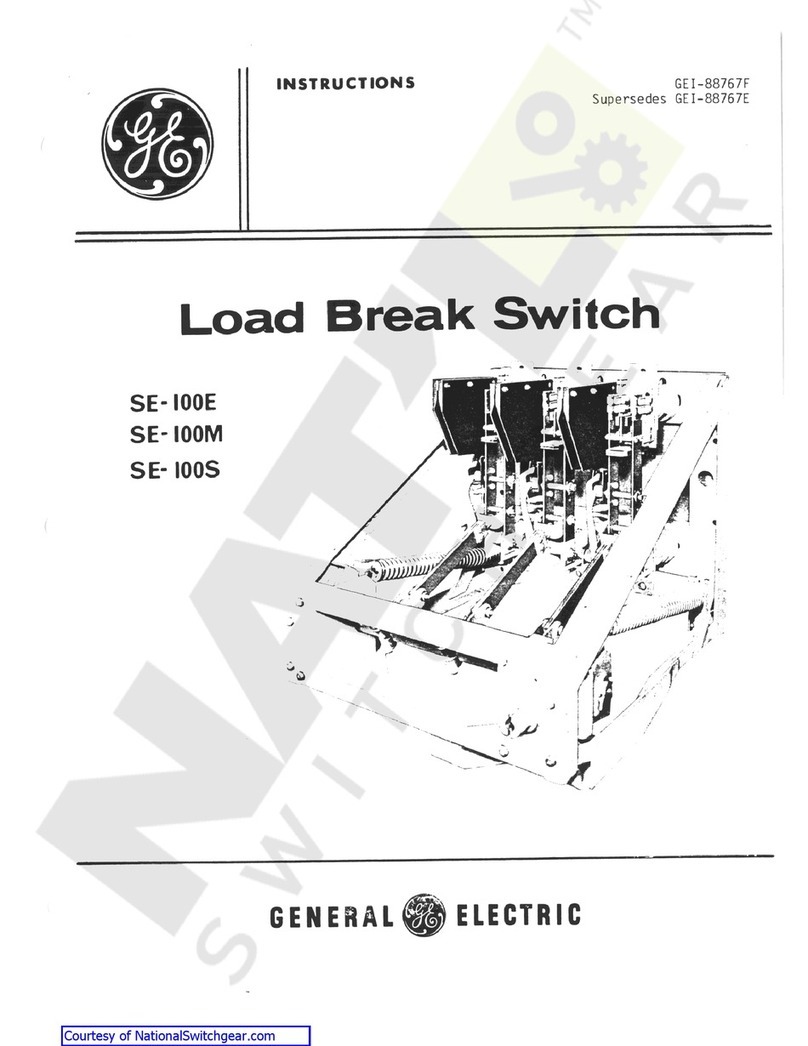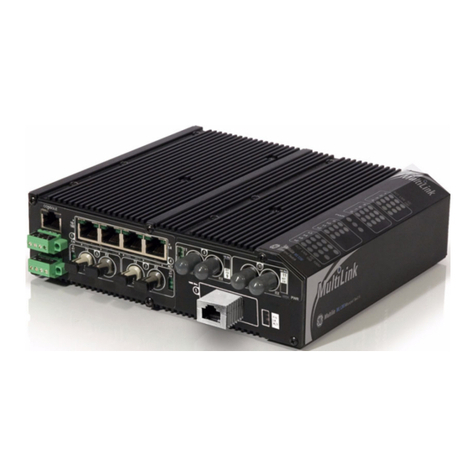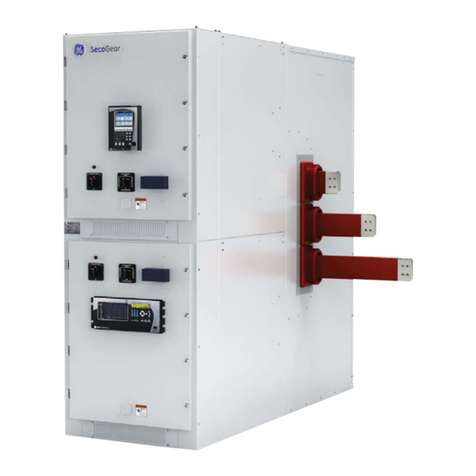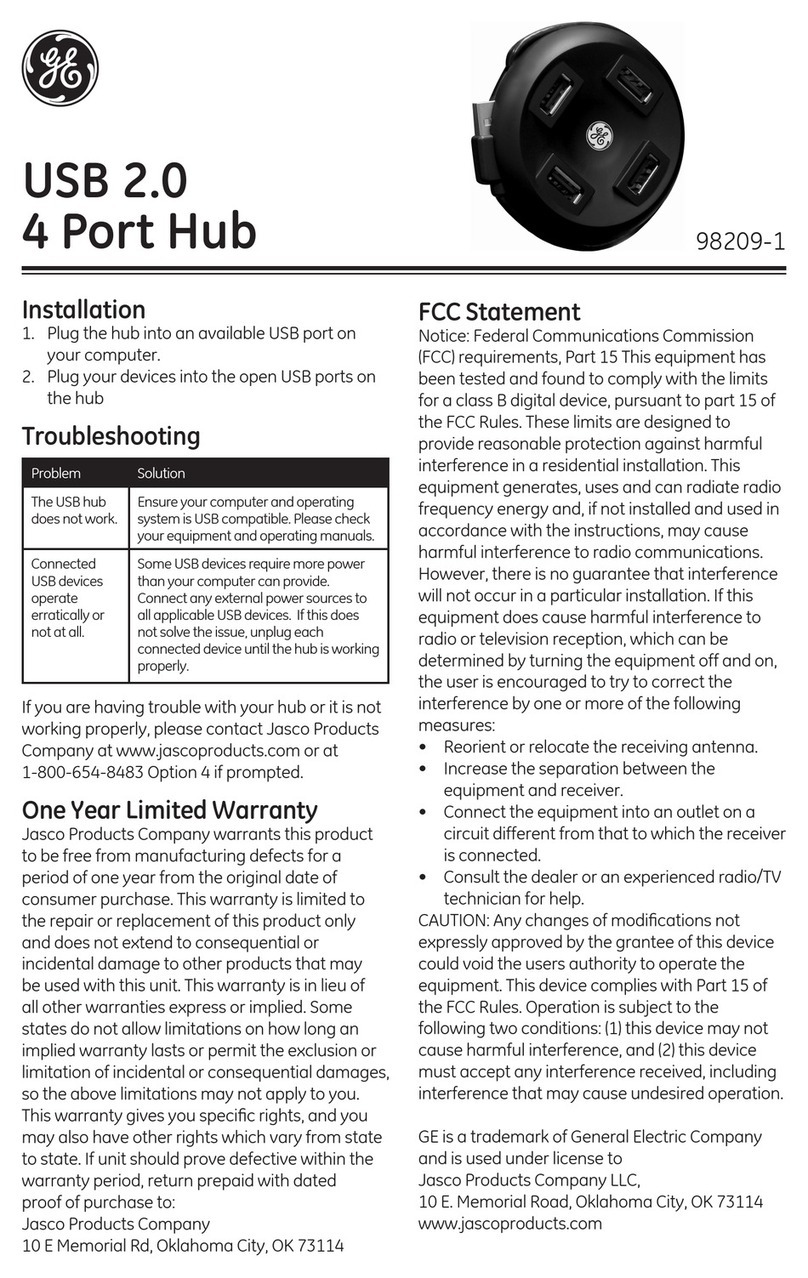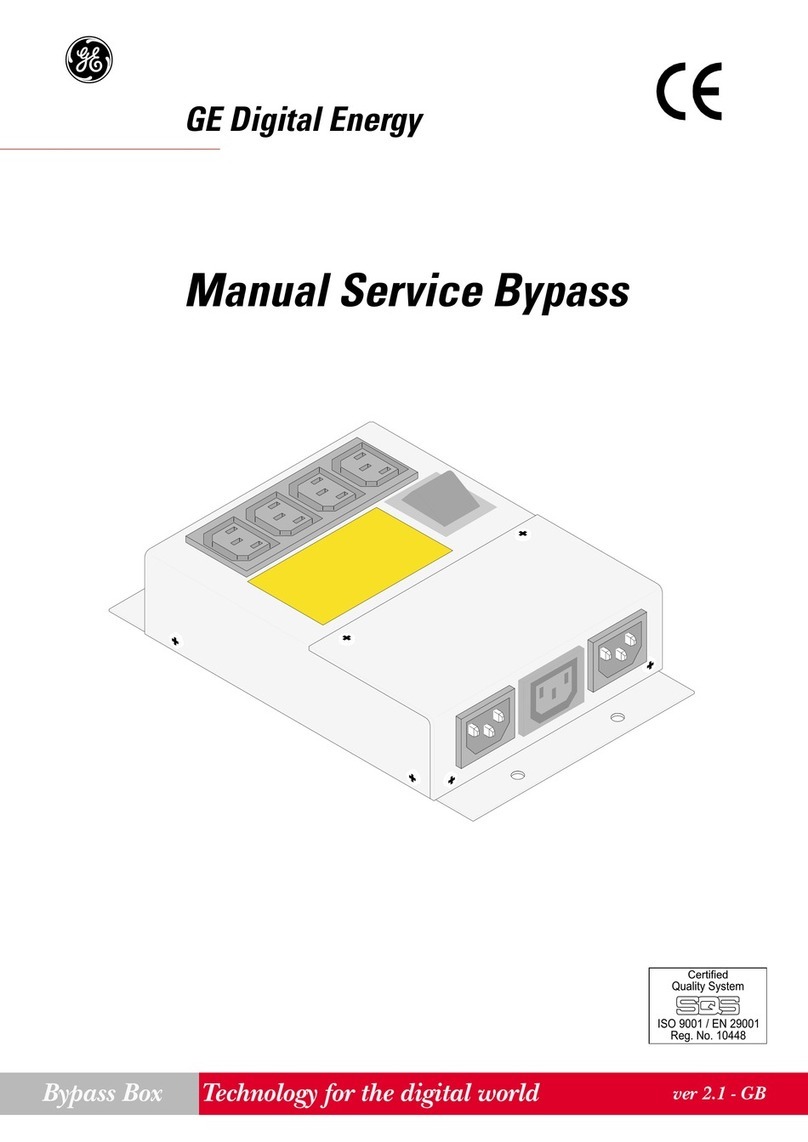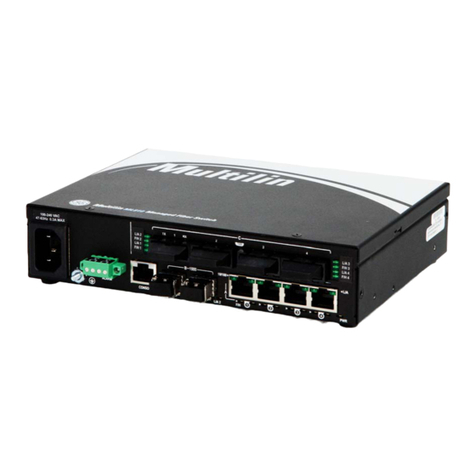
TOC–2 MULTILINK ML810 MANAGED EDGE SWITCH – INSTRUCTION MANUAL
TABLE OF CONTENTS
ML810 (CF), ML8104 (CH) (SLOT C) ...............................................................................4-15
ML810 (CB), 1 XMTRJ MULTIMODE / 3 XRJ45 (SLOT C) ..........................................4-15
ML810 (EB), (EC), (ED), 1 XLC (SLOT C) .........................................................................4-15
ML810 (EA), 1 XMTRJ MULTIMODE (SLOT C) ................................................................4-15
ML810 (C2), 4 XPOE RJ45 (SLOT C) ...............................................................................4-16
ML810 (H7), 2 XGIGABIT RJ45 (SLOT B) ........................................................................4-17
TROUBLESHOOTING ............................................................................................ 4-18
BEFORE CALLING FOR ASSISTANCE ......................................................................................4-18
WHEN CALLING FOR ASSISTANCE ........................................................................................4-18
5: IP ADDRESSING IP ADDRESS AND SYSTEM INFORMATION .................................................... 5-1
OVERVIEW ................................................................................................................................5-1
IMPORTANCE OF AN IP ADDRESS .................................................................... 5-3
DHCP AND BOOTP .................................................................................................................5-3
BOOTP DATABASE ....................................................................................................................5-3
CONFIGURING DHCP/BOOTP/MANUAL/AUTO ................................................................5-3
USING TELNET .........................................................................................................................5-5
SETTING PARAMETERS ...................................................................................... 5-8
SETTING SERIAL PORT PARAMETERS ....................................................................................5-8
SYSTEM PARAMETERS .............................................................................................................5-8
DATE AND TIME .......................................................................................................................5-9
NETWORK TIME .......................................................................................................................5-10
SYSTEM CONFIGURATION ................................................................................. 5-14
SAVING AND LOADING – COMMAND LINE ..........................................................................5-14
CONFIG FILE .............................................................................................................................5-14
DISPLAYING CONFIGURATION ................................................................................................5-17
SAVING CONFIGURATION .......................................................................................................5-20
SCRIPT FILE ..............................................................................................................................5-22
SAVING AND LOADING – ENERVISTA SOFTWARE ...............................................................5-23
HOST NAMES ...........................................................................................................................5-25
ERASING CONFIGURATION .....................................................................................................5-27
IPV6 .......................................................................................................................... 5-31
INTRODUCTION TO IPV6 .........................................................................................................5-31
WHAT’SCHANGED IN IPV6? .................................................................................................5-31
IPV6 ADDRESSING ..................................................................................................................5-32
CONFIGURING IPV6 ................................................................................................................5-33
LIST OF COMMANDS IN THIS CHAPTER ..................................................................................5-34
6: ACCESS
CONSIDERATIONS
SECURING ACCESS .............................................................................................. 6-1
DESCRIPTION ............................................................................................................................6-1
PASSWORDS .............................................................................................................................6-1
PORT SECURITY FEATURE .......................................................................................................6-2
CONFIGURING PORT SECURITY
THROUGH THE COMMAND LINE INTERFACE .................. 6-3
COMMANDS ..............................................................................................................................6-3
ALLOWING MAC ADDRESSES ...............................................................................................6-4
SECURITY LOGS ........................................................................................................................6-8
AUTHORIZED MANAGERS .......................................................................................................6-10
CONFIGURING PORT SECURITY WITH ENERVISTA SOFTWARE .............. 6-12
COMMANDS ..............................................................................................................................6-12
LOGS .........................................................................................................................................6-15
AUTHORIZED MANAGERS .......................................................................................................6-16












